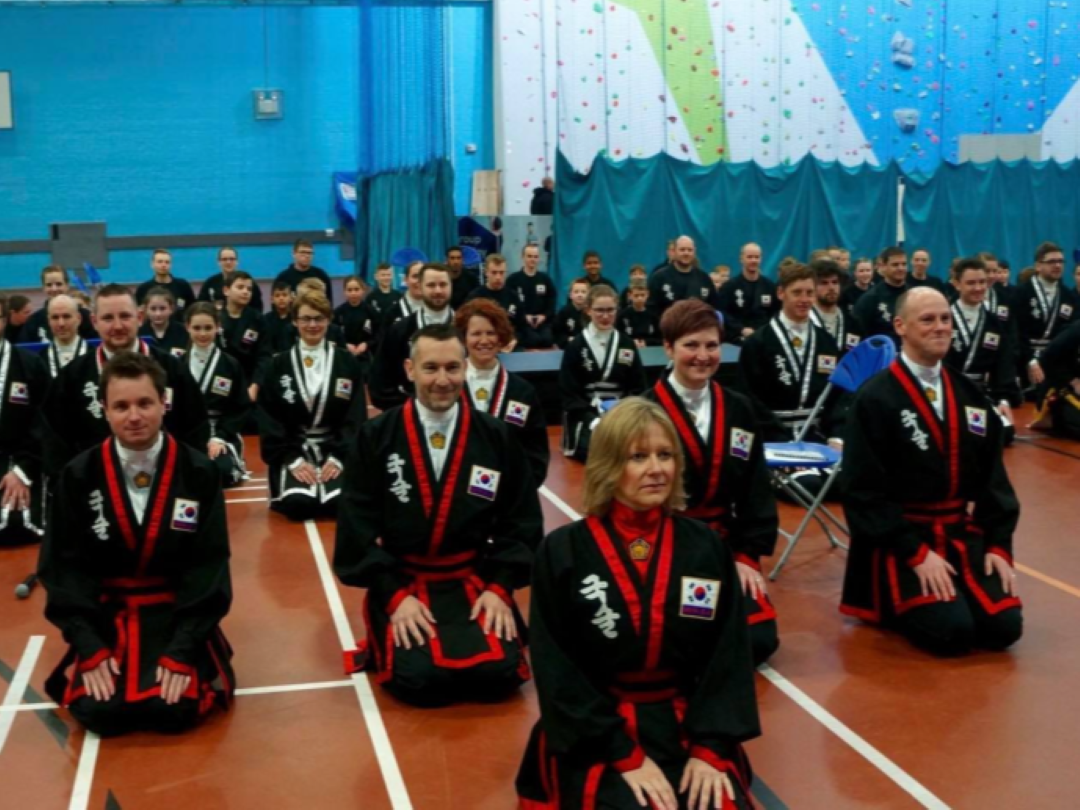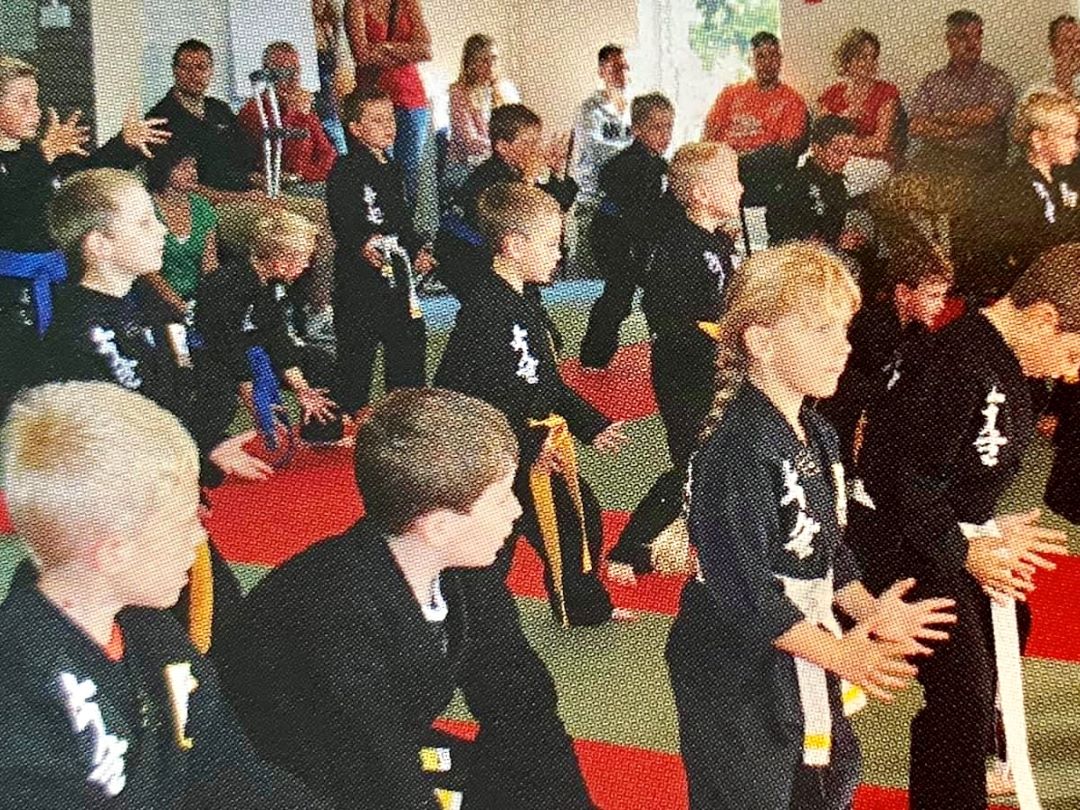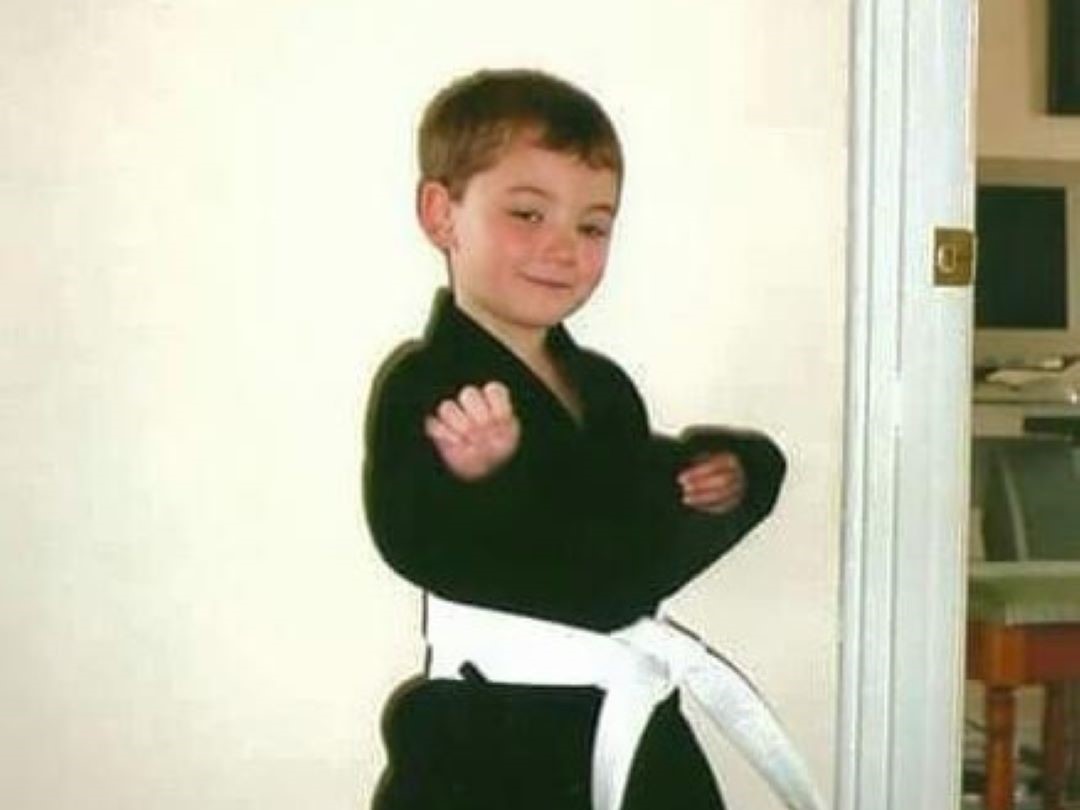This post is based on a Reddit comment I wrote in response to the question “what do you enjoy most about the art?” on /r/kuksoolwon.
I have been training in Kuk Sool since the age of five, which is over eighteen years now. I am currently a third degree black belt (Pu Sa Bum Nim / 부사범님), and am in the two-year testing period toward fourth degree black belt (Sa Bum Nim / 사범님), which I hope to achieve in June 2025. After eighteen years of training the same art, some may conjecture that the training might get stale. After all, there’s only so much you can learn from one art – right?
After over eighteen years of training Kuk Sool, I am actually more enthused than ever about the art and my progression in studying it. Kuk Sool is extremely well-rounded and there is always something more to learn, from all the empty-handed forms and techniques, to dozens of weapons, oriental healing techniques, and some interesting philosophical ideas – such as the Theory of YOU-WON-HWA – to consider when you achieve higher ranks (or really any rank if you’re interested). I don’t know of any other art which offers such a diverse curriculum as Kuk Sool.
My favourite element of the physical aspect of training has to be traditional forms, with each having its own style and root in one of Kuk Sool’s three origins:
- Sah Doh Mu Sool / 사도무술: Tribal Clan or Family Martial Arts;
- Bool Kyo Mu Sool / 불교무술: Buddhist Temple Martial Arts;
- Koong Joong Mu Sool 궁중무술: Korean Royal Court Martial Arts.
It’s fascinating to not just practise the forms, but also to understand the purpose of the movements and why they’ve been put where they have.
An interesting fact that I learnt last year is that when Kuk Sool Won’s founder and grandmaster Kuk Sa Nim set about creating the Kuk Sool curriculum, he started by creating Guhm Moo Hyung (검무형), Baek Pahl Ki Hyung (108기형), and Kyuk Pah Hyung (격파형) (the forms required for 1st, 2nd, and 3rd degree black belt respectively) first. Each of these is inspired by one of the three origins of Kuk Sool:
- Guhm Moo Hyung is based upon Korean Royal Court Martial Arts;
- Baek Pahl Ki Hyung is inspired by Buddhist Temple Martial Arts, and;
- Kyuk Pah Hyung draws from Tribal Clan or Family Martial Arts.
From there, Kuk Sa Nim worked backwards to create the five preceding forms which are learnt from beginner up to that stage to set the foundations for learning these three forms – because a beginner couldn’t jump straight into any of these three forms without a good foundation.
Over the years, a lot of people have criticised Kuk Sool, but I don’t agree with what they say; and I think a lot of the criticisms I’ve seen stem from misunderstanding of what Kuk Sool is. Kuk Sool doesn’t claim to be an original martial art style, it claims to be a comprehensive system through which elements of its three origin styles can be learnt, understood, and studied. I’ve seen criticism recently that parts of Kuk Sool look to be inspired by things which existed before Kuk Sool and that sort of seems obvious to me. It’s a traditional martial art, so of course it took inspiration from elsewhere – otherwise we’d just be practising something completely made up which does not reflect anything traditional!
I often see people talking about how Kuk Sool would be no good in a street fight, most notably from behind a keyboard and with an anonymous screen name. Truth be told, I have no idea whether these people are right, because eighteen years of Kuk Sool training has taught me that the best way to defend myself is to recognise a dangerous situation and not be there, and that I have been able to do. I like to think that such a substantial period of training would serve me well if needed though, especially since I have been training since a young age. It’s definitely kicked in instinctively in other areas of life, including protecting myself from large impact forces (more to come on that in a future post). I don’t know how others who train view Kuk Sool, but I don’t see it as a fighting art, nor do I see it as a sport, which so many martial arts identify as. Kuk Sool Won is a systematic study of Korean Martial Arts and oriental culture. Kicking, punching, and self-defence really are the tip of the iceberg.
The most important thing about Kuk Sool to me is that I enjoy doing it. I feel like I learn a lot from it, and even after the best part of two decades in, I feel like there’s always more to learn and there’s always another level of detail and improvements to be added to the material I practise. It doesn’t get stale, and when I do occasionally get bored of practising one thing, there’s so much more I can move onto with how broad the curriculum is!



